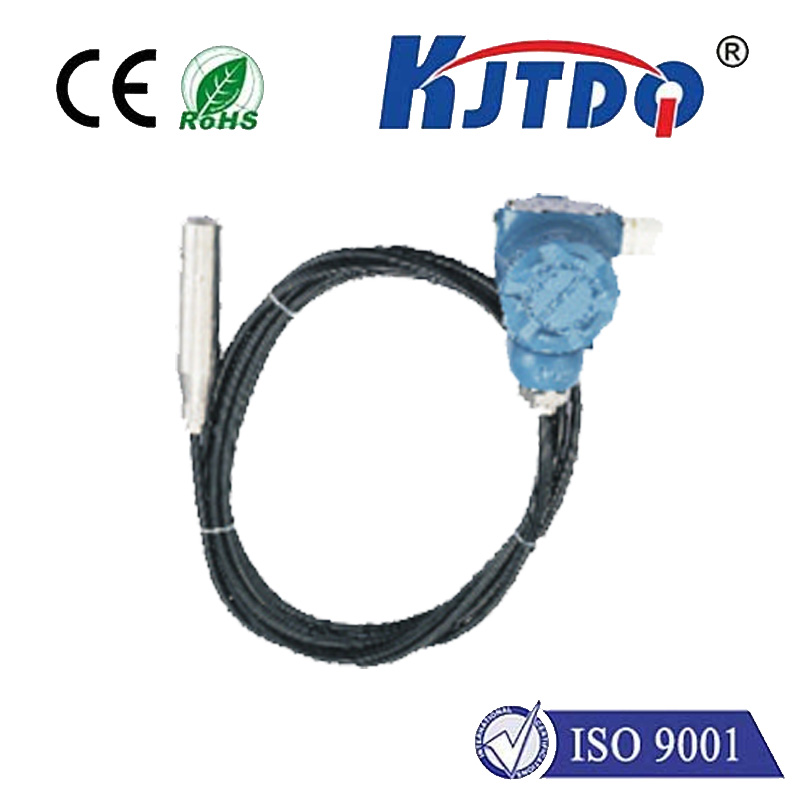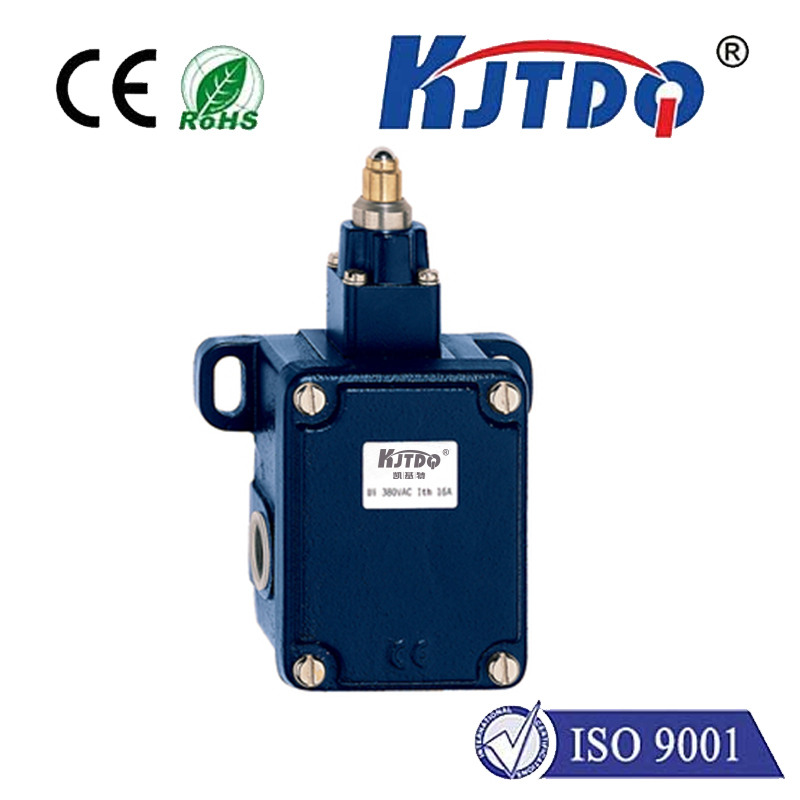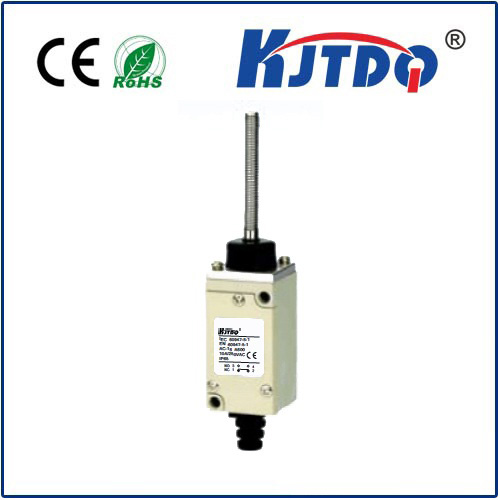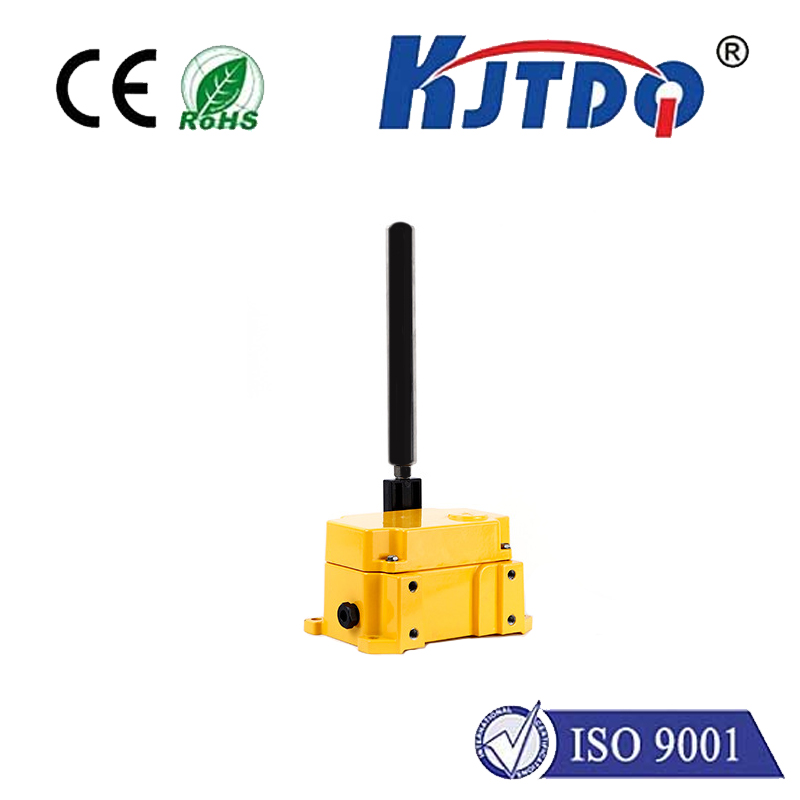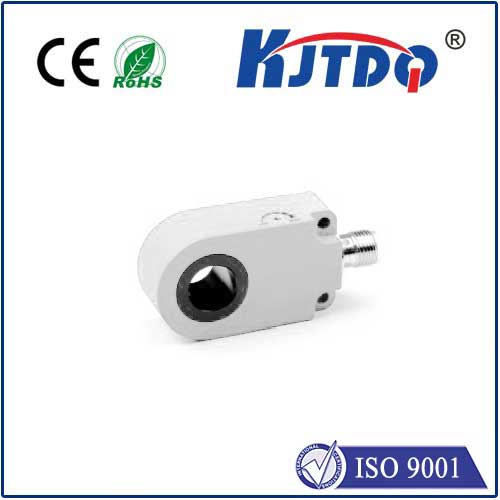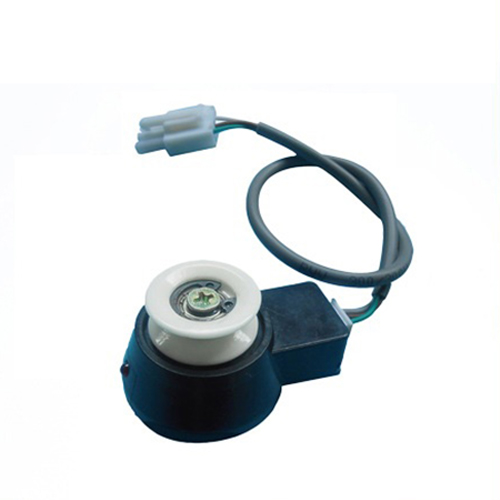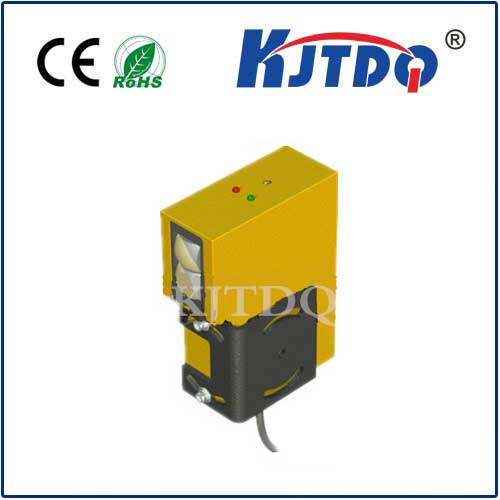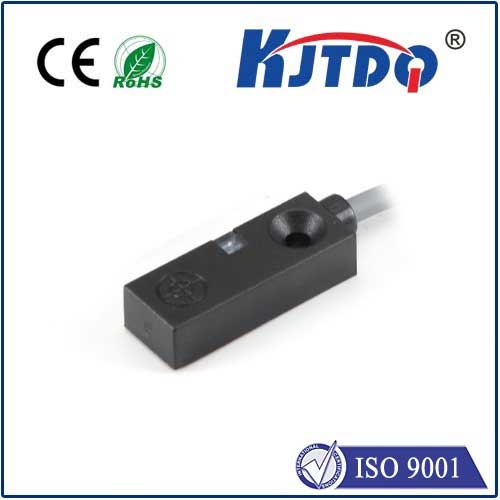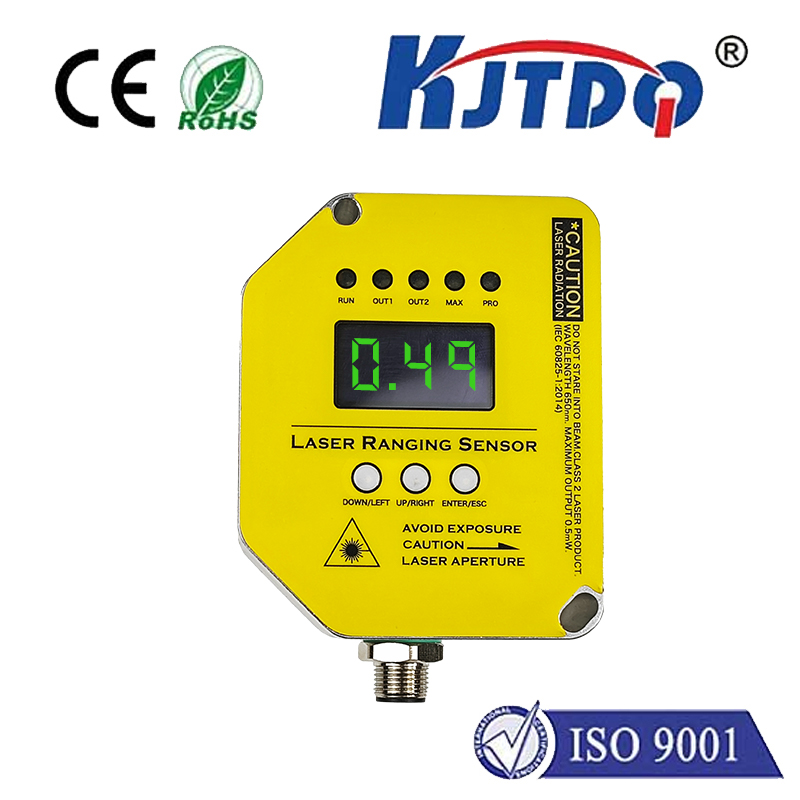Fiber Optic Sensors: The Game-Changer in Structural Health Monitoring
Imagine an aging bridge silently enduring decades of heavy traffic, harsh weather, and hidden stress. Suddenly, a catastrophic failure shuts down entire cities. This scenario isn’t science fiction—it’s a preventable reality. Structural health monitoring (SHM) has long been our shield against such disasters, and now, fiber optic sensors (FOS) are transforming this field with unprecedented precision and reliability. These sensors act like a nervous system for infrastructure, converting light into critical safety data, and redefining how engineers protect bridges, tunnels, turbines, and skyscrapers.

Structural health monitoring is the continuous assessment of infrastructure integrity. Conventional methods relied heavily on electro-mechanical sensors, like strain gauges or accelerometers. While useful, these faced critical flaws: susceptibility to electromagnetic interference (EMI), corrosion in harsh environments, limited durability, and sparse data points. For massive structures like offshore wind farms or railway networks, these gaps pose severe risks, delaying damage detection until repairs become costly or dangerous.
FOS leverages optical fibers—thin glass strands—to transmit data as light pulses. Changes in a structure’s condition alter light properties, enabling real-time measurement of strain, temperature, vibration, and deformation. Two dominant technologies drive this revolution:
Why are industries rapidly adopting FOS? The benefits are profound:
Despite its promise, FOS adoption faces hurdles. Installation complexity demands specialist expertise, and data processing requires sophisticated algorithms to handle terabyte-scale outputs. Yet, innovations like AI-driven analytics and self-healing fiber coatings are rising to meet these challenges. The global FOS market is projected to exceed $10 billion by 2030, driven by demand for predictive maintenance in infrastructure and aerospace.
In an era of aging infrastructure and climate extremes, fiber optic sensors are not merely an upgrade—they’re a paradigm shift. By delivering real-time, unflinching insights into structural behavior, they empower engineers to predict failures before they occur. From safeguarding nuclear plants to preserving heritage monuments, FOS is turning reactive fixes into proactive protection, one pulse of light at a time.
